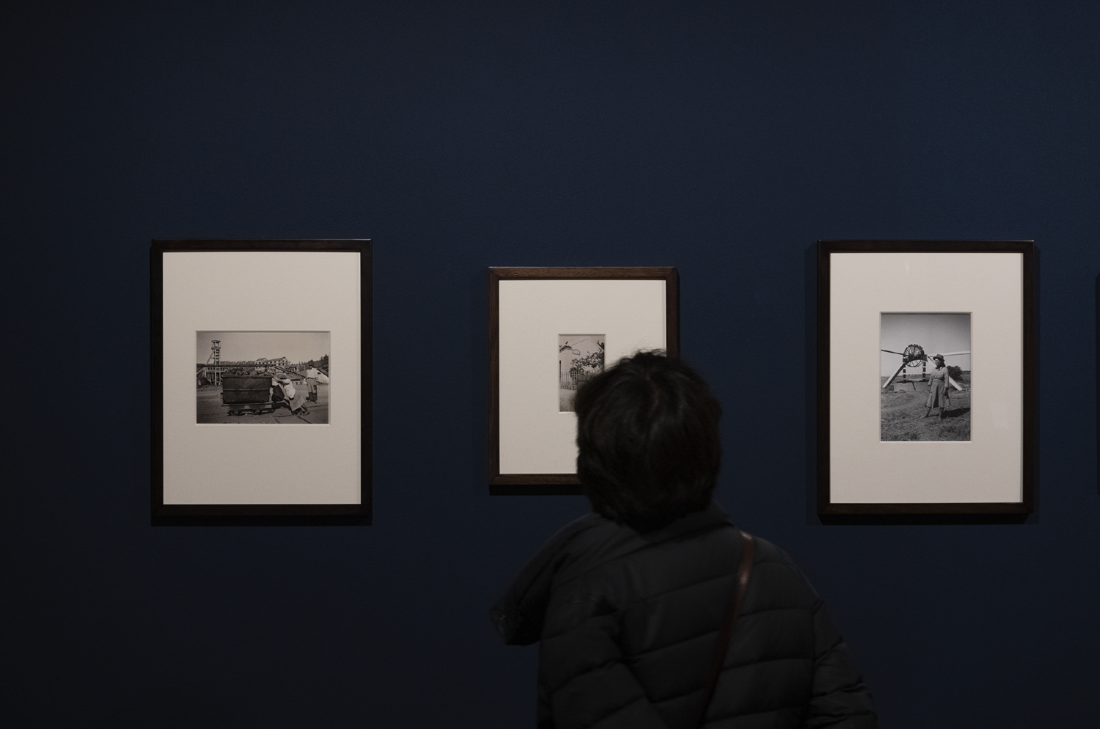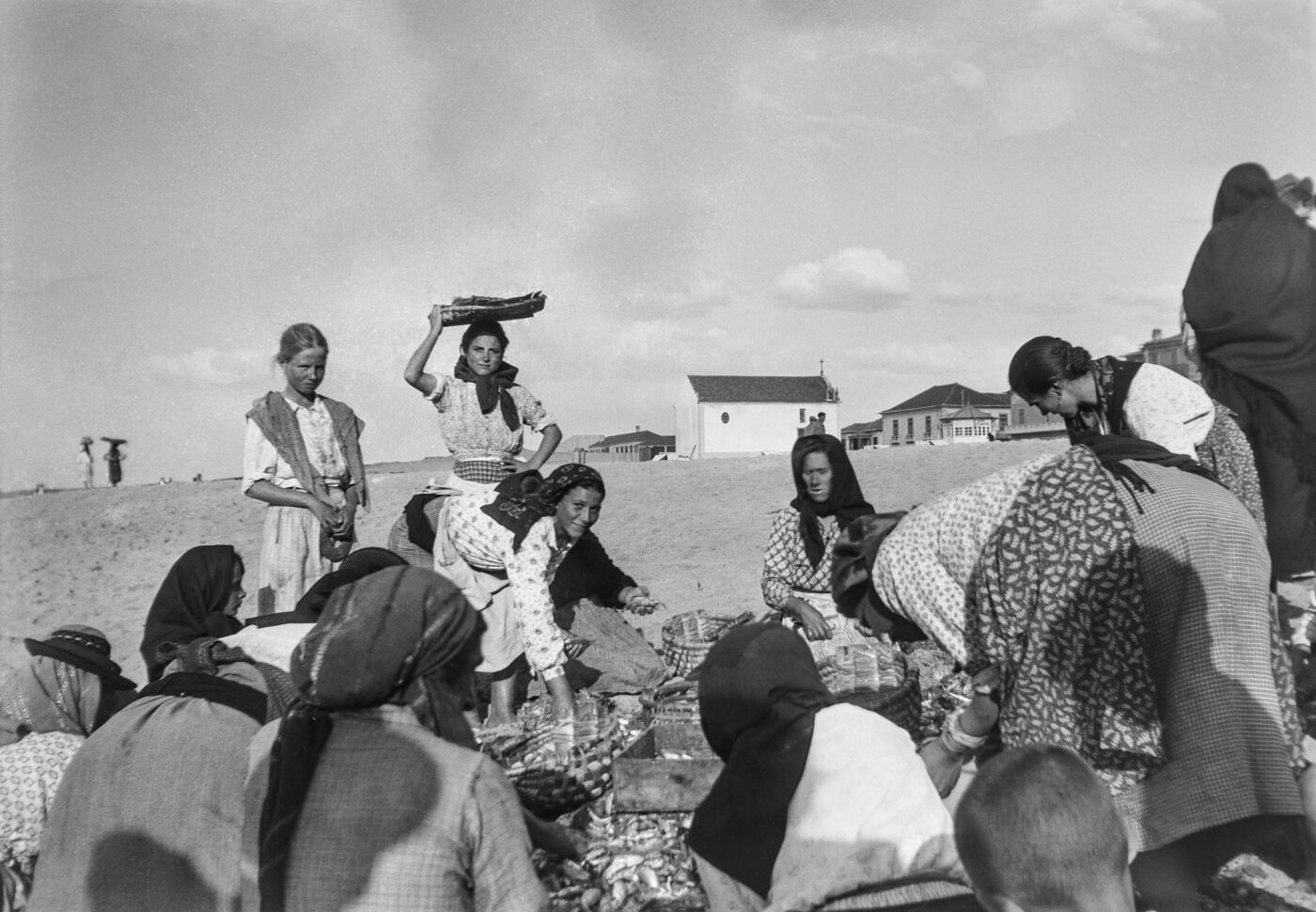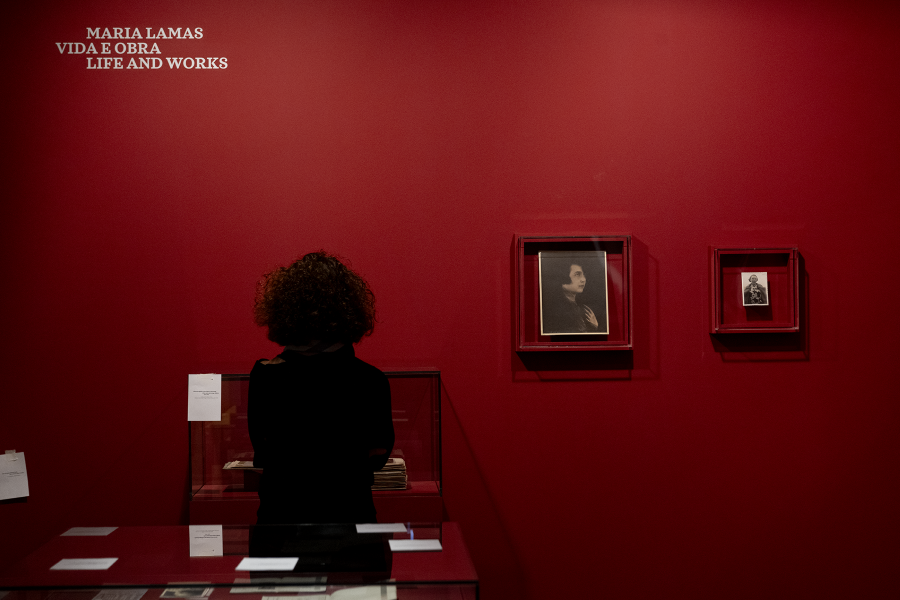Exhibition
The genius of an accidental photographer
“The women of Maria Lamas" on display at Gulbenkian Foundation

The atrium of the Art Library of the Calouste Gulbenkian Foundation hosts, until the end of May, The Women of Maria Lamas, an exhibition that shows, for the first time in Portugal, the photographic work of the notable journalist, writer, translator and fighter for human rights and civics in times of dictatorship. Curated by Jorge Calado, the exhibition marks 75 years of the work As Mulheres do Meu País, a monumental milestone in Portuguese journalism and literature of the 20th century.
Maria Lamas (1893–1983) was perhaps one of the most notable Portuguese women of the 20th century. Although a certain memory persists of her political affirmation and action as a communist militant during the Estado Novo and her “self-exile” in Paris, the truth is that her literary and journalistic work is practically forgotten, with very few of her books available in the market. Even less remembered is her side as a photographer, impressive indeed, as Jorge Calado says, “due to such a large number of masterpieces” in such a short collection.
“Extraordinarily modern”, Maria Lamas’ photographs had never been exhibited in Portugal, and are now the focus of this exhibition. As Mulheres de Maria Lamas brings together a selection of 65 of the photographs that she captured, essentially, in rural areas in the center of the country.

Exemplary testimonies of the condition of Portuguese women during the Salazar dictatorship, mostly vintage samples (of the time), small in size, but also some enlargements, the exhibition also displays evidence from the time of other photographers, such as Adelino Lyon de Castro, Artur Pastor or Maria T. Mendonça, included, alongside those by Lamas, in As Mulheres do Meu País, a work published for the first time in installments between 1948 and 1950.
Despite the list of illustrious photographers featured in the book, Lamas’ photographs stand out for their truth and vivacity, constituting in themselves an absolutely unique work in the history of Portuguese photography. Surprisingly, she became a photographer almost accidentally, imbued with her spirit as a militant fighter and opponent of the regime. “She had never taken photographs and used the most basic camera available, the Kodak box model, which did not allow for the possibility of focusing”, recalls Calado.

In addition to the images, personal objects of Maria Lamas are also on display, as well as her portrait painted by Júlio Pomar, in 1954, and the plaster bust sculpted, in 1929, by Júlio de Sousa. The section dedicated to literary and journalistic works includes copies of first editions of the author’s fundamental works, namely in the field of children’s literature, poetry and fiction, translations of classics of youth literature and some journalism.
Although he is here in the role of the curator, professor Jorge Calado does not hide the emotional side with which he designed this exhibition. For him, Maria Lamas is a “heroine”, “the most notable Portuguese woman of the 20th century”, never failing to highlight “her genius” in her work and life. “I have admired her since I was a boy. And, as I grew up, she became an even greater hero, largely due to her opposition to the dictatorship”, he says, adding that, “on the other hand, I also admire her a lot for having been a generous and loving woman in her relationships, not only with family but also with friends. She was an admirable person, always ready to help others.”
Therefore, the exhibition seeks to “reveal a relatively unknown side of Lamas, as well as honor the woman she was”. “Maria Lamas fought to liberate women, not as women, but as citizens and as human beings. It wasn’t about women’s rights, it was about human rights,” he adds. The Women of Maria Lamas is open to the public until May 28.